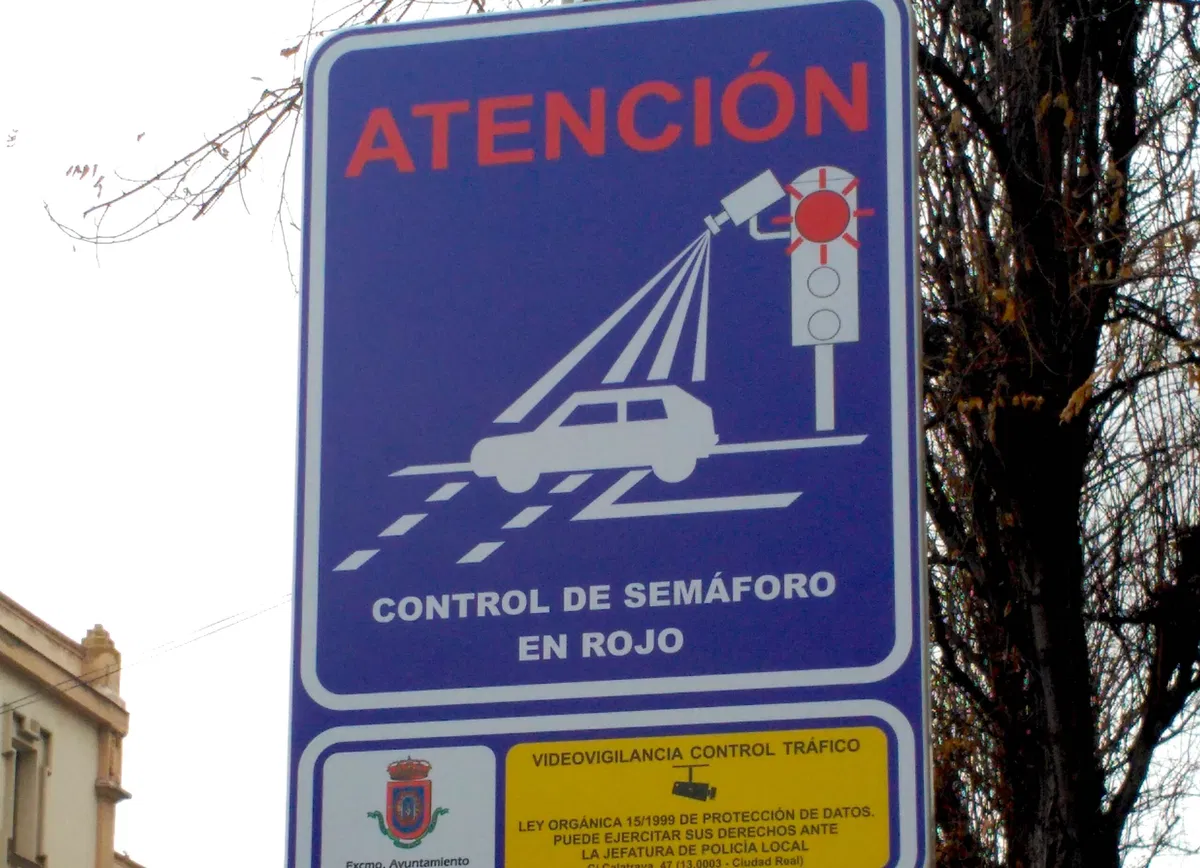By Adam Woodward
Copyright euroweeklynews

Starting Monday, September 22, Malaga will start getting serious with red-light hoppers, catching them on cameras and sending out instant fines.
The city has installed six “foto-rojo” devices, a new camera system integrated into traffic lights and their surroundings. They will capture images of vehicles that either pass through a red light or start moving before the light turns green.
Two of the devices are located at the metro crossing at the intersection of Jimenez Fraud and Avenida Louis Pasteur, a spot notorious for accidents involving cars that fail to obey traffic signals. The other four are placed along Avenida Valle Inclan: one at the junction with Camino de Suarez (monitoring both eastbound lanes), two at the intersection with Avenida Simon Bolivar (one for each direction), and one at the junction with Avenida La Palmilla (covering both eastbound lanes).
“The idea is to increase safety at these four intersections and reduce the number of traffic accidents on these roads,” a Malaga Council press release read.
The “foto-rojo” system is connected directly to the traffic light controller and captures up to five images, which show the vehicle’s make, model, colour, and license plate, when a vehicle crosses the stop line during a red light. The system remains inactive when the light is green or amber.
Equipped with two high-performance cameras that are synchronised with the traffic light regulator, the devices detect violations and record the licence plate with multiple photos (before, during, and after the moment) and a short verification video to support enforcement authorities. The system operates day and night, using infrared lighting, and can detect violations in both lanes.
The standard fine for jumping a red light in Malaga is €200, which is reduced to €100 if paid within 20 days of receiving notification of the penalty. You have 20 days to appeal if there’s an error (e.g., unclear photos, technical issues with the camera, or if you were moving out of the way of an emergency vehicle). Success rates vary, but evidence like timestamps or witness statements helps.



